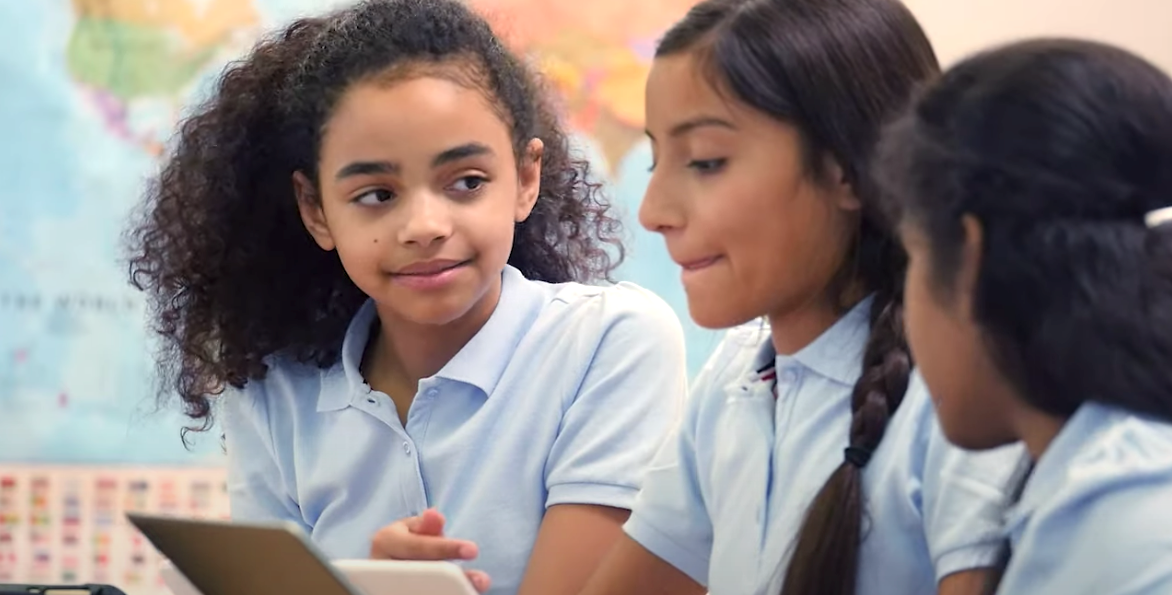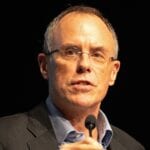Latest News

“You are the bows from which your children as living arrows are sent forth.”
So wrote the Lebanese poet and artist Kahil Gibran. I was of a generation that read his book “The Prophet” in my teenage years, when I thought it profound, and threw it away in my college years, finding it treacly and obvious. And now? I’ve come around on the guy. Maybe it has something to do with having been a bow myself and watching the living arrows fly.
In our industry, the living arrows are rockets with tails of fire. But the principle is the same. Privileged to work in the world’s most exciting technology industry, we are here not only for our own benefit but to help the next generation take flight.
Why is it a part of our duty to teach the next generation about space and satellite? For one thing, we owe it to the Apollo generation, the people who grew up in the ’60s and emerged inspired by the challenge of space. They are the people on whose shoulders the commercial space industry stands today, and we would not be here without them.
We also need the talent. We need it today. In the U.K., the Space Skills Alliance forecast demand for more than 30,000 new workers – but nearly half of organizations say that staff recruitment is a major barrier to growth. In Australia, research by SmartSat found that there are current skills shortages in 97% of space-related fields. Research by the Society for Human Resource Management found that employee retention has become the number one concern of almost half of HR leaders across all industries.
We also need it tomorrow. Research by the Space Foundation has shown that U.S. enrollment in two-year technical programs for precision manufacturing and related fields has fallen for four straight years. At SATELLITE 2022, Michael Mealing of Starbridge Venture Capital summed it up: “Attracting talent is critical. There are 200,000 jobs in aerospace that aren’t being filled.”
Complaints about lack of qualified employees have a long history. But we have never heard them be so loud or endure through such a period of sustained strong growth in the industry, fueled by waves of investment and the falling cost of launch.
At the company level, this is a time for moving beyond platitudes. Talent attraction and retention take long-term commitment. The companies doing well in this area have carefully built relationships with technical schools and universities that feed their internship programs. “Relationship” is the key word. It is not just about showing up on Career Day but getting to know departments and instructors, contributing content and working with placement offices. When local institutions are not teaching the skills they need, companies like Airbus OneWeb Satellites have even spurred the development of apprenticeship programs that mix classroom instruction with work experience.
We can also make it easier for people entering our industry and changing jobs within it to understand how it really works. I was at a university student space event a couple of years ago when this question came from the audience: “When will I be able to have my own personal satellite?” This young person who presumably hoped to work in the industry clearly had no fundamental understanding of it. Ours is a complex technology business with ways of doing business that have evolved over decades – and ways of doing business being invented right now. Grasping the fundamentals – the “why are things the way they are?” – is an indispensable first step toward success.
That is why SSPI, GVF and SatProf have created Space Business Qualified, a set of online courses designed to give people that fundamental grasp. SBQ is for onboarding new hires and training people who are taking on new, broader responsibilities. So far as I know, there’s nothing else like it in online, self-paced industry training.
There are personal opportunities, too. With the support of Hunter Communications, SSPI has developed three short videos aimed at middle-school to high-school students, each explaining the big role of space and satellite in their daily lives. We will be sharing these videos, “How Space Saves Lives,” “The Road to Space,” and “Is There a Satellite Inside?” with science teachers around the world as enrichment material beginning with this year’s World Space Week starting on October 4.
These are the years when young people are beginning to choose a future, which makes it the ideal time to bring STEM content into their lives. You can do your part by offering to visit classrooms in your community, talk about your work and show a video or two. Most schools and teachers welcome such real-world content because it energizes their students. The videos are free. The psychic rewards? They’re all yours.
 Robert Bell is executive director of Space & Satellite Professionals International. SSPI produces the Better Satellite World campaign, which dramatizes the immense contributions of space and satellite to life on Earth. More at bettersatelliteworld.com.
Robert Bell is executive director of Space & Satellite Professionals International. SSPI produces the Better Satellite World campaign, which dramatizes the immense contributions of space and satellite to life on Earth. More at bettersatelliteworld.com.
Get the latest Via Satellite news!
Subscribe Now